There are now 250 Billion websites, 220,000 of these launched within the last 24 hours, as seen here: https://zonefiles.io/. Sure, not all of these domains are useful. Many of these domains are for sale with a landing page full of advertising. Others are still on a Dreamhost under construction page. But, imagine there was a time before even the first website launched.
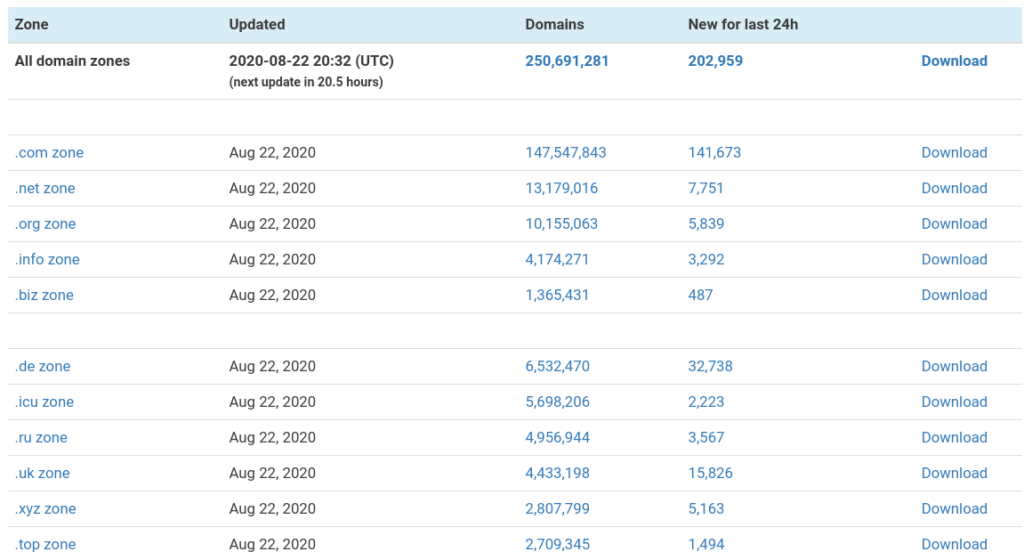
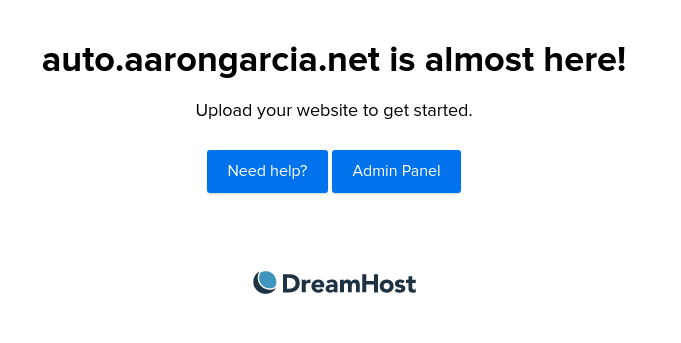
Tim Berners-Lee launched the first website as we know them today. On Tuesday, August 6, 1991, Tim changed the world forever by introducing us to the worldwide web. You can still visit the first website today at http://info.cern.ch/hypertext/WWW/TheProject.html.
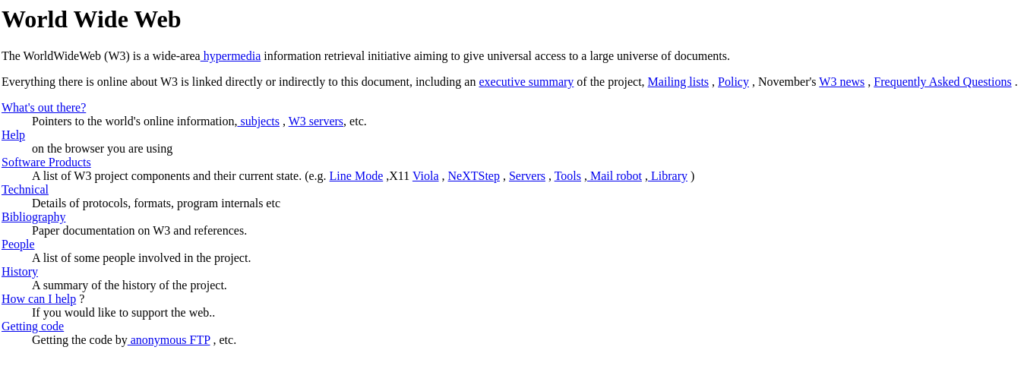
The first reaction to Tim’s creation was three words: “Vague, but exciting…”
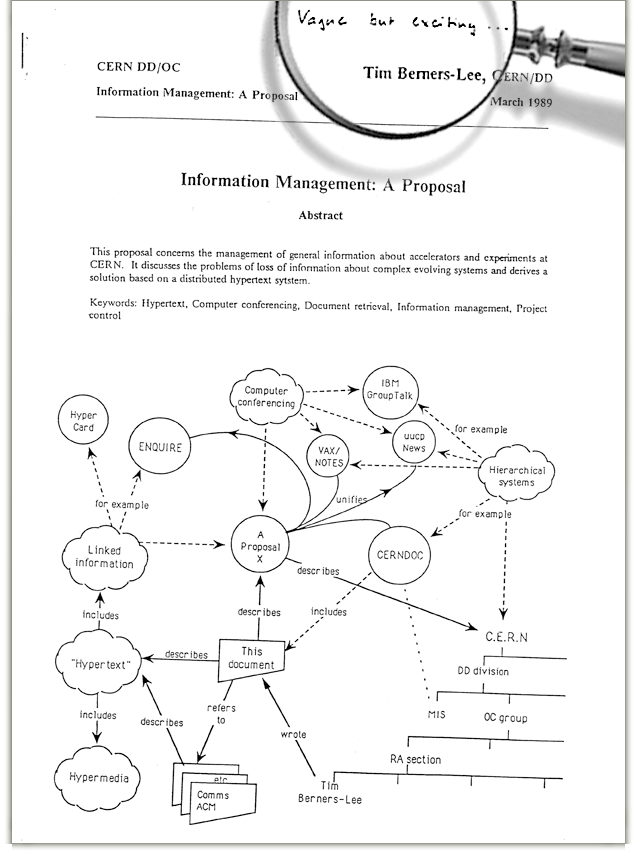
What made me so excited about learning this bit of history was that one person could change the world with an idea, that at first is hard to comprehend fully, but eventually will be adopted by everyone. There are still many people who dislike computers and technology in general. Even so, these same people will eventually warm up to it as it will meet a need or want in their life.
I believe that online voting should be a thing. I hear a lot of excuses for why this is unsafe for the voting process or that voting in person is so much more official. I don’t care about these excuses. Voting should be convenient, efficient, and instant. But, I’ll have to wait until the adoption curve captures the majority.
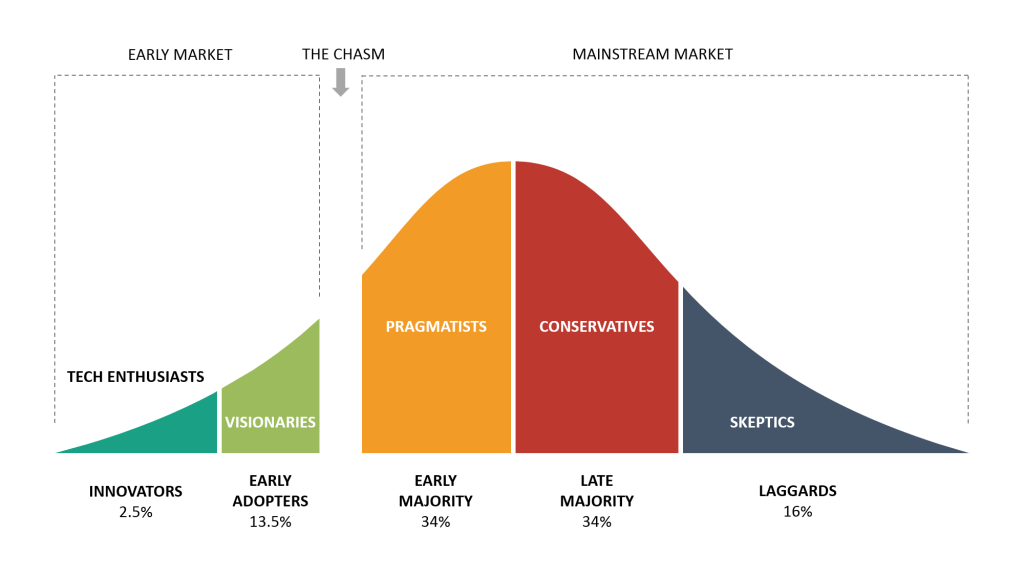
The adoption model above shows that there are stages to the public adoption of new technology. In the beginning, there are innovators—those who try new ideas and do not be convinced to try something new. I would like to consider myself one of those people. I do not need to ask why I simply ask why not? I get excited about building, creating, and trying something new.
Then there are the visionaries, who don’t necessarily create, but they adopt early. They like what we are making.
But, there is a chasm—space between these visionaries and pragmatists. Something has to happen, a trigger point that makes an idea practical and necessary.
COVID-19 was a catalyst for Zoom meetings. But, let me revisit that in a minute.
After the pragmatists, there are conservatives; they resist change. I would call those the school teachers of the world. Sorry, if you think you’re more in line with the new folks, but I see too many school teachers insisting on cursive handwriting and physical textbooks and classes to consider your group early adopters.
COVID-19 is pushing conservative thinkers to embrace technology. One can make all the excuses in the world for not adopting digital learning, the classroom is better, etc. But, now, you had to embrace classes over Zoom! The pandemic didn’t give you much choice.
And that brings me to the laggards. The majority force the laggards to join. If everyone else is doing it, they’ll be dragged along into it too.
Fun fact, in 2008, I typed my Calculus Math Homework. And yes, it did attract unwanted attention at the time. But it came from a desire to push forward.

My handwriting was very sloppy at the time, and I didn’t particularly like dull pencil lead. The solution was to learn how to type my math homework. I even imported the graphs from my Texas Instruments Ti-89 Graphing Calculator.
Many folks didn’t see why I would want to type my math homework, but to me, it was the future. Textbooks were typed, and so why shouldn’t I type my math homework?
Because I typed my math homework, I still have all of my class notes and homework to this day. These files have been stored in the cloud, buried in 11 Terabytes of data from over the last 20 years. I started using computers in Kindergarten. So technically, even longer than that.
This reminds me of the time I scanned my entire math book textbook with a flatbed scanner during my freshman year in high school. Why? I wanted my first eTextbook, so I wouldn’t have to lug several heavy textbooks in my backpack every day. I also tended to forget a textbook or two in my locker because my bag could only hold so many.
For the most part, the textbook worked. All the pages were named after their page numbers, and I could use the preview function in Windows XP to view two of these pictures at once, making a makeshift digital textbook. Unfortunately, the textbook was not text searchable. You can only imagine my glee when I acquired my first official eTextbook that was searchable.
Point being that modernization takes time to catch on.
Not everyone will appreciate your new ideas right away. But if you keep at it, eventually you’ll be a star. And Tim Berners-Lee put in the work to pursue a new concept that now has billions of followers.
